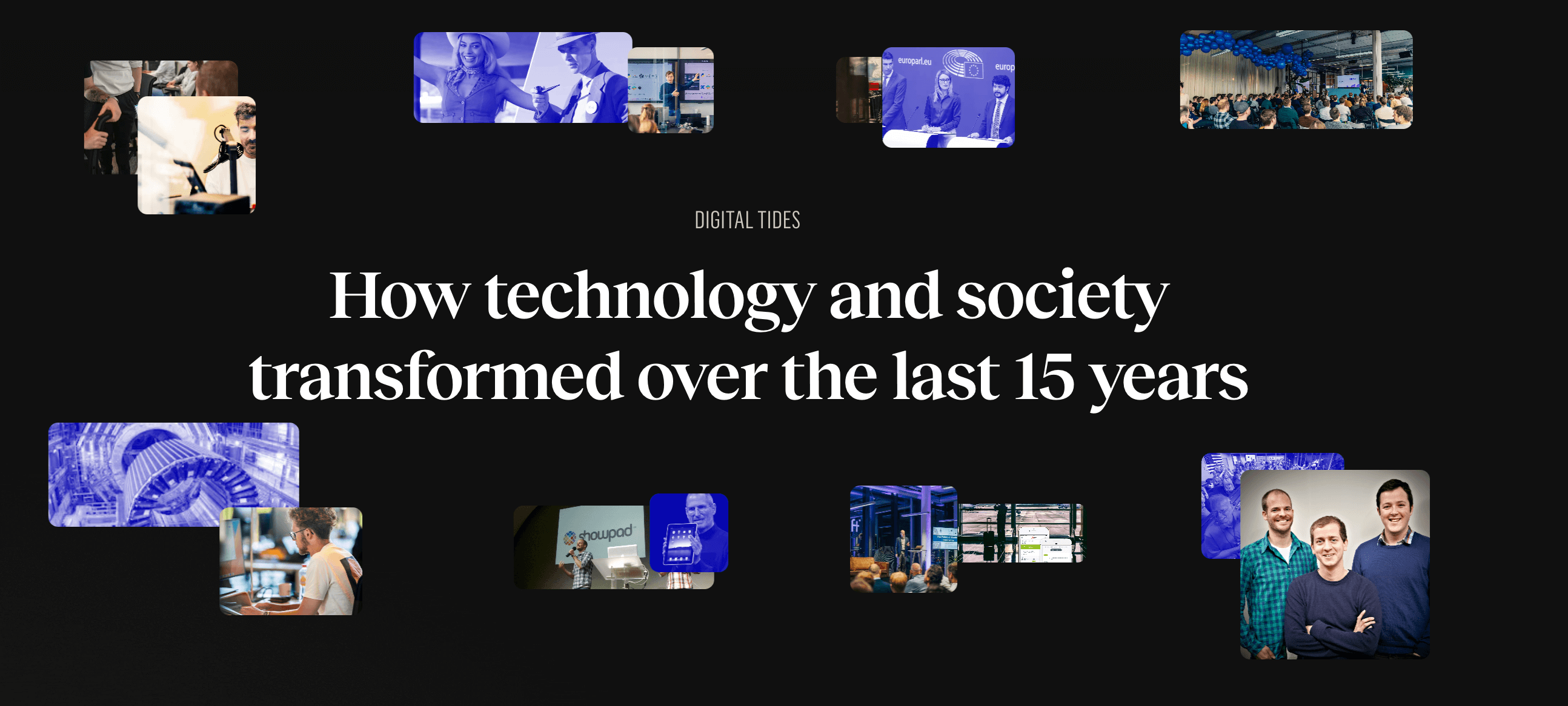Apple brings spatial computing to a whole new level with the Apple Vision Pro, leaving its competitors behind. But how will it fit into our daily lives? It’s fun to guess. But it’s better to build.
fwd: The Return of the Hardware King
It seems like Apple has done it again. The Apple Vision Pro is a category-defining device. The demos we saw at WWDC and the subsequent reviews of the first users appear to indicate that the Vision Pro far exceeds any other attempt at creating a compelling wearable spatial computing experience.
Apple remains the king of hardware, leaving other Big Tech biting the dust. For Microsoft and Meta, it has been a strategic priority to kickstart “The Metaverse” for a couple of years already. Locked in the mobile ecosystems of Android and iOS, they invested heavily in a platform revolution, hoping to break the duopoly. But even after billions spent, the Hololens and the Quest didn’t make us dream of a future beyond the smartphone. And Meta’s ill-conceived Metaverse concept hasn’t seen consumer traction.
"Will the Vision 10 be a fashionable pair of sunglasses, designed by Hermes?"
Apple has played their cards right. They patiently iterated on prototypes, spent years polishing the interface, learning from the competition and accumulating over 5000 patents to ship a product that does make us dream of a mixed reality future. They’re not over-promising, unlike Zuckerberg who has been selling all kinds of awkward, unrealistic XR futures.
Apple is squeezing a new category in between the smartphone, the tablet, the laptop and the television. The Vision Pro shows potential in entertainment, but also in productivity and social media. When the prices start dropping in the next few years, we might see actual broad consumer adoption. Remember that the iPhone’s launch was similar: expensive and aimed at early adopters. It took years for the iPhone to take a significant piece of the smartphone market.
But how will the Vision Pro fit into our daily lives? We can browse the web and watch photos on the device, but we already have plenty of screens to do that. It will be interesting to see for what specific use cases we will gravitate towards the Vision Pro, rather than other devices. It will take a decade to discover. Will the Vision 10 be a fashionable pair of sunglasses, designed by Hermes? What role will personal AI assistants play? Will we use it to watch movies or generate them, based on our mood? Should PlayStation be worried? Can it replace our desktops for video calling, collaborative whiteboard sessions and browsing company data?
"It’s fun to guess, but it’s better to build."
It’s fun to guess, but it’s better to build. The most important asset of the Vision Pro will have to be the developer ecosystem. Apple has laid the tracks, but it will need the entrepreneurship and creativity of developers to get the train going. One observation from the demo is that most of the applications were in 2D, while the Vision Pro is obviously a spatial computing platform. But for now, it’s clear they haven’t figured out yet what the “killer apps” might be. Yet I believe this is where a lot of discovery will take place.
Let haters hate. The price tag, the design,... We’ve heard it all before. Blackberry users hated the iPhone’s touch screen, and where are they now? Spatial computing is finally here. An old sci-fi dream coming to fruition. Let’s start geeking out.
- Jeroen
Stay ahead
of the game.
Sign up for our monthly newsletter and stay updated on trends, events and inspiring cases.
.avif)




.png)
.avif)